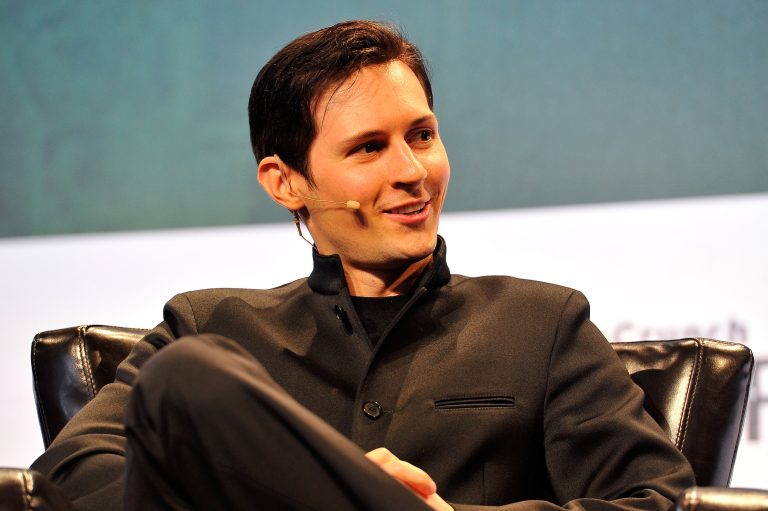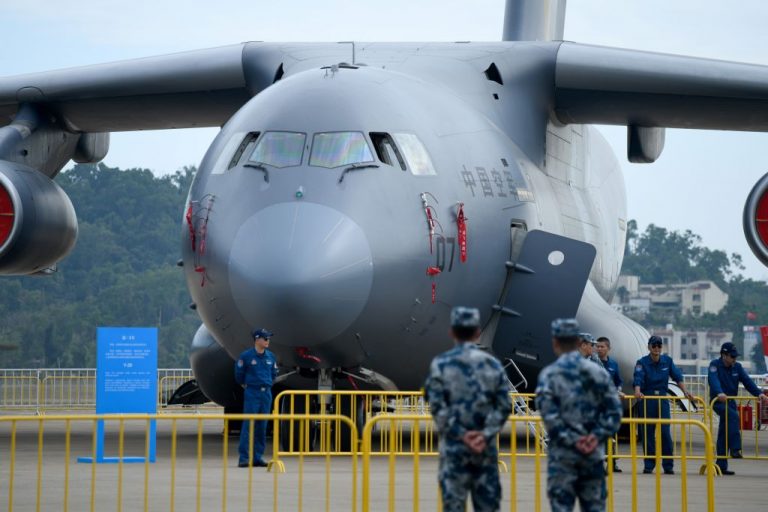Russian officials in control of the Zaporizhzhia nuclear power plant in southeastern Ukraine started evacuating the local population over safety concerns in the advent of an expected Ukrainian counter-offensive.
Some 3,000 people, including around 1,000 minors, have been evacuated from villages close to the front line, TASS quoted Yevgeny Balitsky, the Russian governor of Zaporozhye oblast, as saying on May 8.
Zaporozhye is the Russian name for the oblast, or province, that legally belongs to Ukraine but is partially occupied by the Russian military and claimed by Moscow as Russian territory.
Operations at the Zaporizhzhia nuclear power plant (ZNPP) are being suspended in case of “provocations” by Ukrainian forces, Balitsky added. He also said that locals who identify as Russians were in danger of reprisals should Ukraine retake the area.
He also warned about the possible collateral damage or even nuclear fallout, a renewed battle, or intentional strikes by the Ukrainians on the Russian-operated power plant could bring about.
Success
You are now signed up for our newsletter
Success
Check your email to complete sign up
International Atomic Energy Agency (IAEA) chief Rafael Grossi warned on May 6 that the situation around the plant had become “potentially dangerous” as Moscow-installed officials began evacuating people from nearby areas.
READ MORE
- Europe’s Largest Nuclear Power Plant in a ‘Potentially dangerous’ Situation, Watchdog Claims
- Ukraine to Postpone Spring Counteroffensive: Prime Minister
- Ukraine’s Zaporizhzhia Nuclear Power Plant Halts Operations: Energoatom
- Russians Take Territory in Southern Ukraine, Surround Nuclear Power Plant
Russia earlier ratified the annexation of the regions of Donetsk, Kherson, Luhansk, and Zaporozhye based on referendums that the Kremlin claims show over 90-percent support for unifying with Russia in those oblasts.
Western governments and Kiev dismissed the referendums as bogus, arguing that the votes breached international law and were coercive and non-representative.
The ZNPP, the largest of its kind in Europe, was captured by the Russians in the early stages of the Kremlin’s full-on invasion of Ukraine. It has since been the subject of intermittent artillery shelling — as well as a propaganda war wherein both parties blame the other for endangering the security of the power station.
Experts say that the destruction of the compound or parts of it may lead to a catastrophic meltdown, thereby causing a potential environmental and humanitarian disaster on the level of Fukushima in Japan, or the earlier Chernobyl nuclear accident that occurred in northern Ukraine during the Soviet era.
However, the Russians attested everything was safe in and around the power plant.
“We are present in the main control room of the generating unit No.6. The personnel is supervising the technology process here,” Rosenergoatom representative Dmitry Shevchenko said.
“The staff are licensed and operational. We can see perfectly well that they are calm, self-confident, and have enough knowledge and skills to ensure nuclear and technological safety and security of Zaporizhzhia nuclear power plant.”
Demilitarization plan
Meanwhile, the IAEA has been trying to frantically negotiate a demilitarized zone in the Zaporizhzhia, thus far, to no avail, even though the warring parties have expressed their best intentions.
“As a first step, Russian and Ukrainian forces must commit not to engage in any military activity towards the [nuclear power] plant site or from the plant site,” U.N. Secretary-General Antonio Guterres said.
The “Zaporozhzhia facility and its surroundings must not be a target or a platform for military operations,” Guterres continued. “As a second step, an agreement on a demilitarized perimeter should be secured.”
“If the contents of this proposal are to demilitarize the territory of the nuclear power plant,” Ukrainian President Volodymyr Zelenskiy said. “And this is logical because the Russian military presence put the Zaporizhzhia station on the brink of a radiation disaster – then we can support such a demilitarized protection zone.”
“We have to continue our dialogue to find a way to make Russia fulfill the IAEA (International Atomic Energy Agency) guidelines,” Zelenskiy continued.
“And, with no exaggeration, humanity’s requirement to demilitarize Zaporizhzhia Nuclear Power Plant. Russia must not just remove its military equipment, but also all of its fighters,” he added.
‘We control the situation’
“The IAEA is a very responsible organization, and its leader is very professional,” Putin said of Grossi, the IAEA chief.
“They are obviously under pressure from countries where they work, including the United States and European countries,” Putin said, adding that it was “utter nonsense” to suggest that the Russians would fire artillery or launch airstrikes at the ZNPP.
“They can’t say directly that the shelling is coming from Ukrainian territory. But it is obvious,” Putin said. “We control the station; our servicemen are there. We’re shooting at ourselves, are we? It is utter nonsense.”
Reuters contributed to this report.







